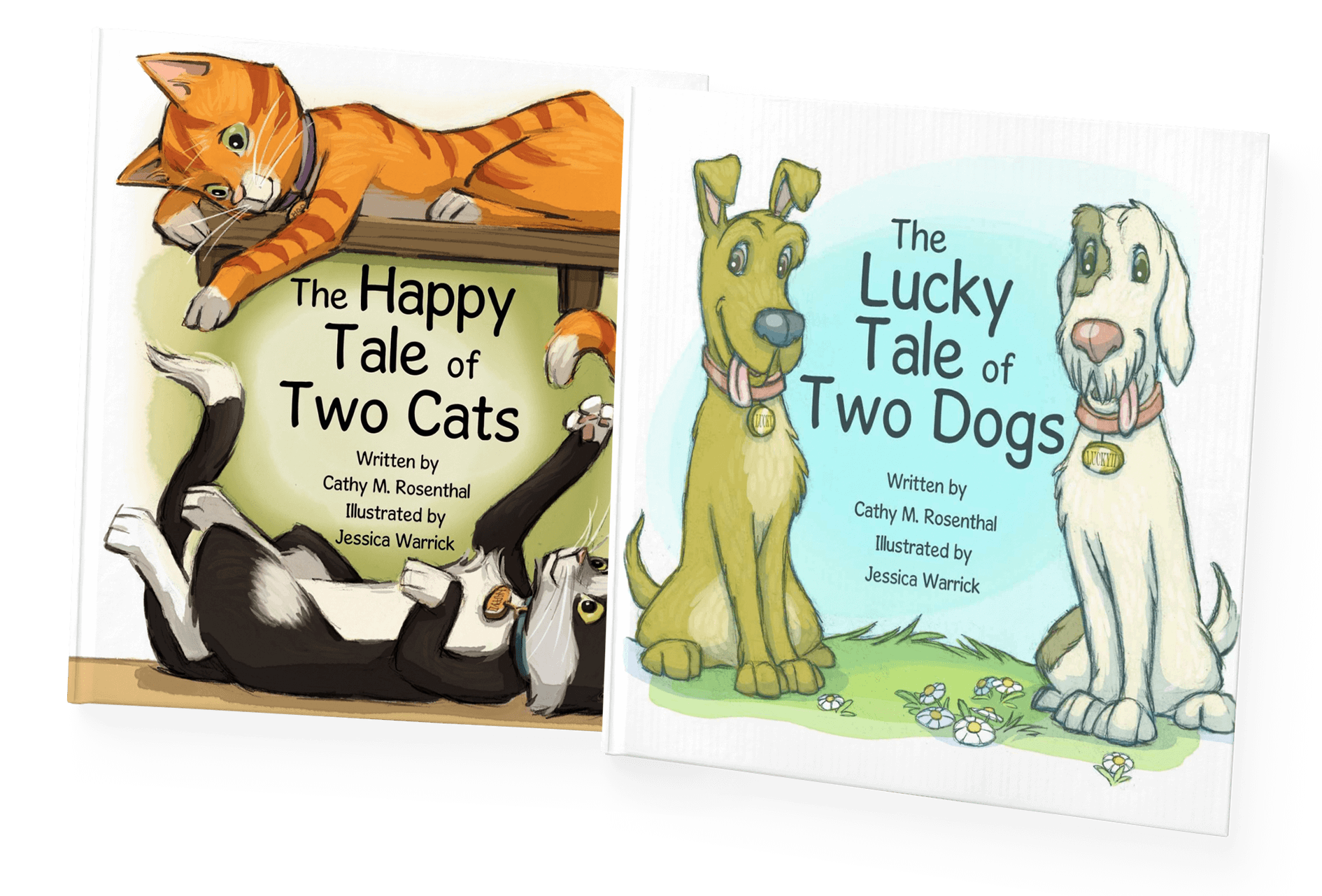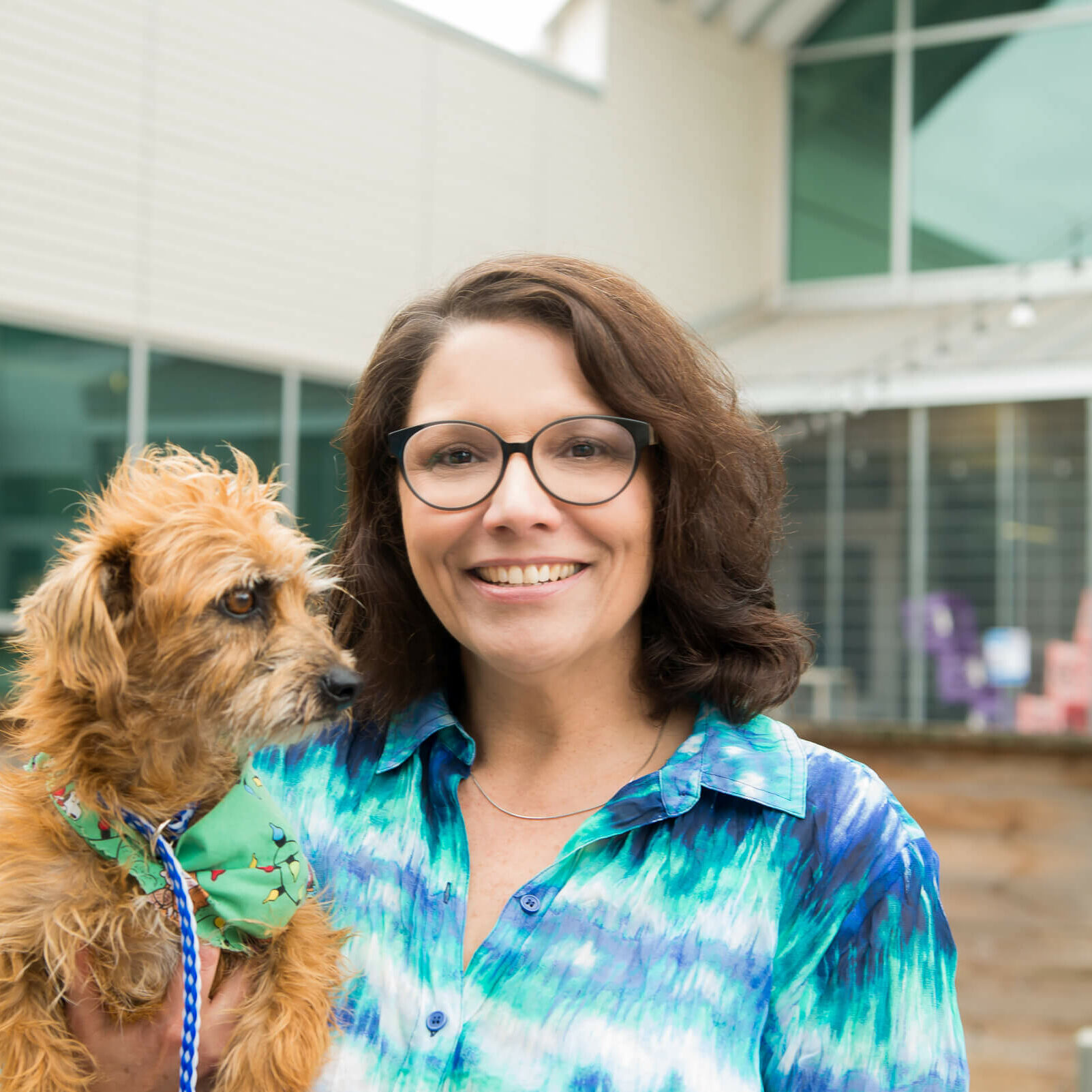The phrase “no-kill” has been bantered about in many communities as the end goal in the game of tackling pet overpopulation. Few people, however, know what the term really means. Most people think it means the halting of all euthanasia of dogs and cats for good, but it’s meaning is quite different than that, depending on whether you are talking about a “no-kill shelter” or a “no-kill community.”
Let’s start with a “no-kill shelter.” A no-kill shelter makes policy to not kill unwanted animals. In order to have this policy, the shelter does not accept every homeless pet that comes through its door. They turn pets away when there is no space to house them. They may also be selective in the animals they accept so as not to have to euthanize any of them. In fact, if they take in an unadoptable animal, they are committed to keeping that pet for its entire life if they can’t find a home, rather than euthanize it.
Thankfully, they can do this wonderful work because there are shelters in the community with an open door policy, which means a shelter accepts all unwanted animals. But open door shelters are in the undesirable position of having to euthanize because there is not enough room to house them all. Sadly, they are portrayed as the bad guys.
A “no-kill community” is different from a “no-kill shelter” because it actually involves euthanasia. As defined by the Maddie’s Fund, an organization dedicated to creating no-kill communities in the United States, a no-kill community is “a place where all healthy/adoptable and treatable animals are saved and where only non-rehabilitatable animals are euthanized.” (Of course, there are no-kill shelters that follow this definition and therefore do euthanize some pets.)
So officially, a no-kill community does not halt euthanasia; it only reserves it for those animals that are untreatable and unadoptable, most often because of aggression. It makes sense, but most people don’t realize what it means when they first encounter the term.
In order to ensure that goal is met, many things must be in place and working well in a community. Creating a no-kill community ultimately means…
- Not filling up the City’s animal shelter every day, so that smart decisions can be made about an animals care and future.
- People fostering animals when shelters are full.
- Everyone making a gargantuan effort to spay and neuter their pets.
- Implementing low-cost spay/neuter programs.
- Educating people about responsible pet care.
- Increasing adoptions at shelters.
- Allowing trap, neuter, and release programs to reduce the number of feral cats euthanized.
- Getting lost pets home through affordable microchipping and IDs.
Let’s face it, if one local animal control receives 100 unwanted pets daily and 90 of them are adoptable and treatable, that would mean 540 people would need to stop by each week to adopt a pet and prevent the shelter from having to euthanize any of those pets. That’s not going to happen: supply is still far greater than demand.
While adoption saves lives, the prevention of unwanted births in the first place must be the primary goal of anyone committed to ending euthanasia.
No kill is more than an idea, a concept, or a simple vote by city council. It is a community working together and understanding that to create an environment where thousands of animals are not killed each year, we each have to take responsibility for the animals we have and prevent their uncontrolled breeding.
A “no-kill community” does not mean no euthanasia: it only means responsible euthanasia.
Now you know.





Thank you for helping explain this so clearly!!